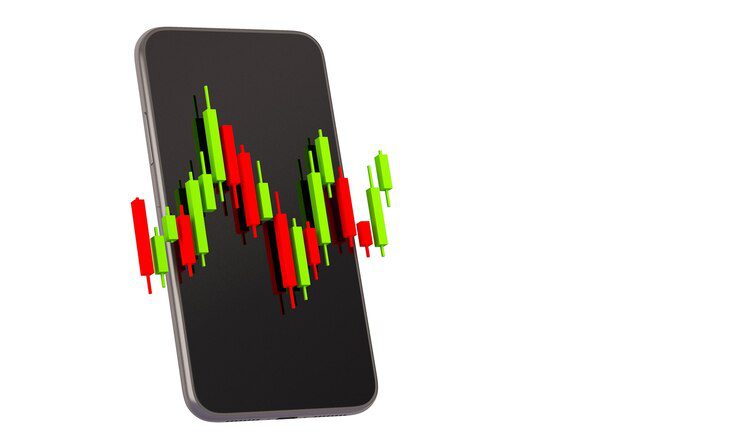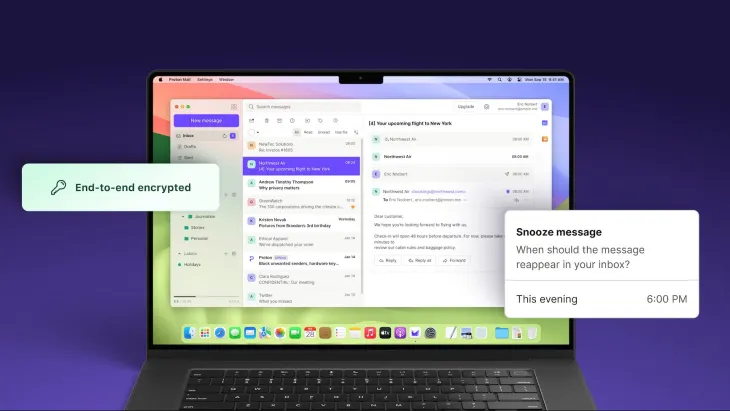China’s smartphone market slumped in 2022, China’s smartphone sales saw a decline of 13% YoY, the largest plunge in a decade, resulting in 286 million devices shipped, down from 329 million in 2021. China’s smartphone market slumped due to cautious spending by consumers. Mainland China finished the year with an annual shipment of 287 million units, a YoY decrease of 14%. The market reached a 10-year low. Vivo was the market leader in sales volume with a market share of over 18%, followed by HONOR and Apple. In 2021, China accounted for about 25% of the total volume of global smartphone shipments, with over 329 million units shipped.

The Smartphone Market
The smartphone market is highly competitive and dominated by major players such as Samsung, Huawei, Apple, and Xiaomi, among others. The market is projected to witness significant growth, with a revenue jump from $273.9 billion in 2021 to $520.7 billion by 2030, and a CAGR of 7.6% over the forecast period 2022-2030.
In the United States, the smartphone market is controlled by the top 3 brands, Apple, Samsung, and LG, accounting for 78% of the total shipments in the quarter. The market is saturating, and replacement cycles are getting longer.
As of October 2022, Apple is the leading smartphone manufacturer, with a global market share of 28.43%, followed by Samsung. The smartphone market is segmented based on technology (Android, iOS, others), price range ($150-$800, less than $150, greater than $800), and screen size.
However, the global smartphone market faced a decline in the last quarter of 2022, with a contraction of 18.3% to 300.3 million shipments reported by the IDC Smartphone Tracker. China, the world’s largest smartphone market, saw a 13.1% decrease in shipments from 329 million in 2021 to 286 million units in 2022.
China’s smartphone market slumped

According to research firm Counterpoint, smartphone shipments fell 14% year-over-year in 2022, reaching a ten-year low. According to Canalys, it was also the first time in ten years that China’s handset sales had fallen below 300 million units. Even in December, which has usually seen seasonal sales increases, smartphone shipments in China decreased by 5% quarter-over-quarter.
Also, read:
5 Powerful Korean Social Media Apps
A Roundup of The Top AI-powered Products At CES 2023
In conjunction with global macroeconomic difficulties, China’s years of double-digit growth came to an end as a result of a three-year “zero-COVID” strategy that disrupted enterprises and weakened consumer confidence. As a result of the sudden easing of COVID-19 restrictions at the beginning of December, there was a rise in cases, which exacerbated the deteriorating economy. China’s gross domestic product (GDP) rose by 3% in 2018, the lowest rate since at least the year 2000.
China’s smartphone market slumped, but China is not the only nation witnessing a decline. In 2022, smartphone shipments decreased by 11% compared to the previous year.
Alibaba’s annual shopping extravaganza in November provided some indications of China’s declining purchasing power. In 2022, for the first time since its start in 2009, the event, which is sometimes compared to Black Friday and viewed as a barometer of the country’s consumer hunger, did not release its final sales tally.
There was one winner throughout this bleak period. According to Canalys, Apple ended the year with a record-breaking 18% market share in China due to “its aggressive marketing” and “resilient” demand in the high-end segment. Huawei’s fall from favor in the premium handset market since U.S. sanctions cut off its access to high-end chipsets coincides with Xiaomi’s rise.
The connection between Apple and China remains fragile. Not only is the country one of its largest markets, but it has also provided the industrial base for the world’s most valuable firm. In recent years, however, COVID-related interruptions, such as a rare worker protest at a large Foxconn plant that slowed production, have caused the hardware titan to reconsider its supply chain strategy. The Wall Street Journal reported at the beginning of December that Apple was considering relocating portions of its supply chains from China to other Asian countries, such as Vietnam and India.
JP Morgan analysts anticipate that India will play a larger role in Apple’s supply chains as the company wants to increase its production capacity in the nation to produce 25% of all iPhones by 2025. China’s smartphone market slumped
Apple, Vivo, Oppo, Honor (which was spun off from Huawei due to U.S. sanctions against the parent company), and Xiaomi were the top smartphone brands in China by shipment in the fourth quarter.



















